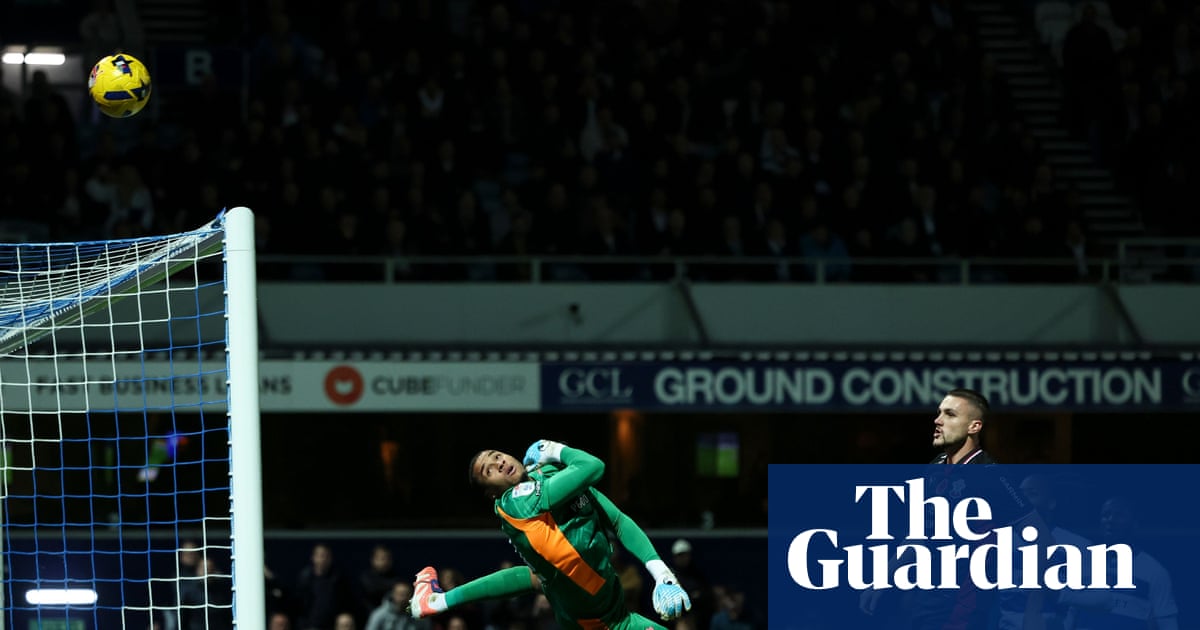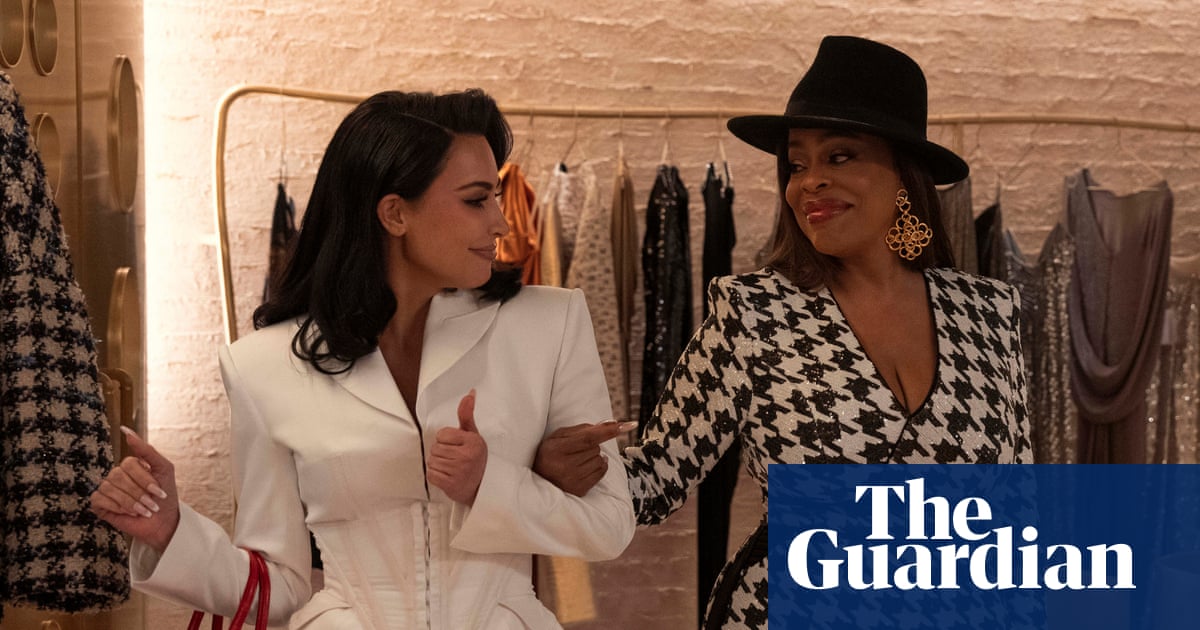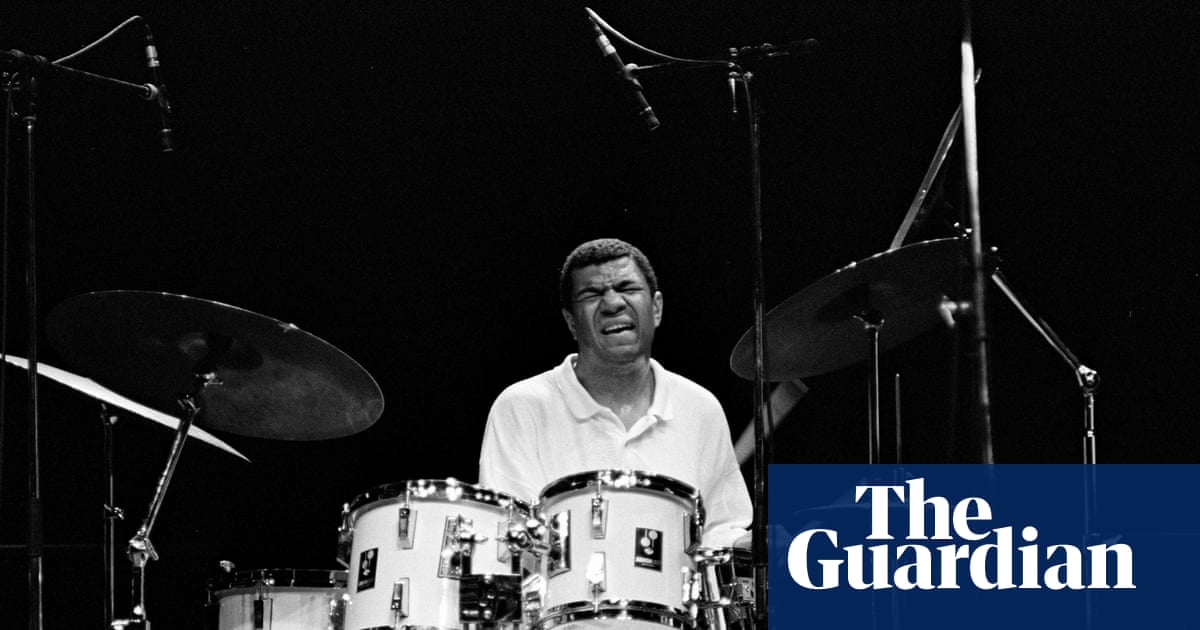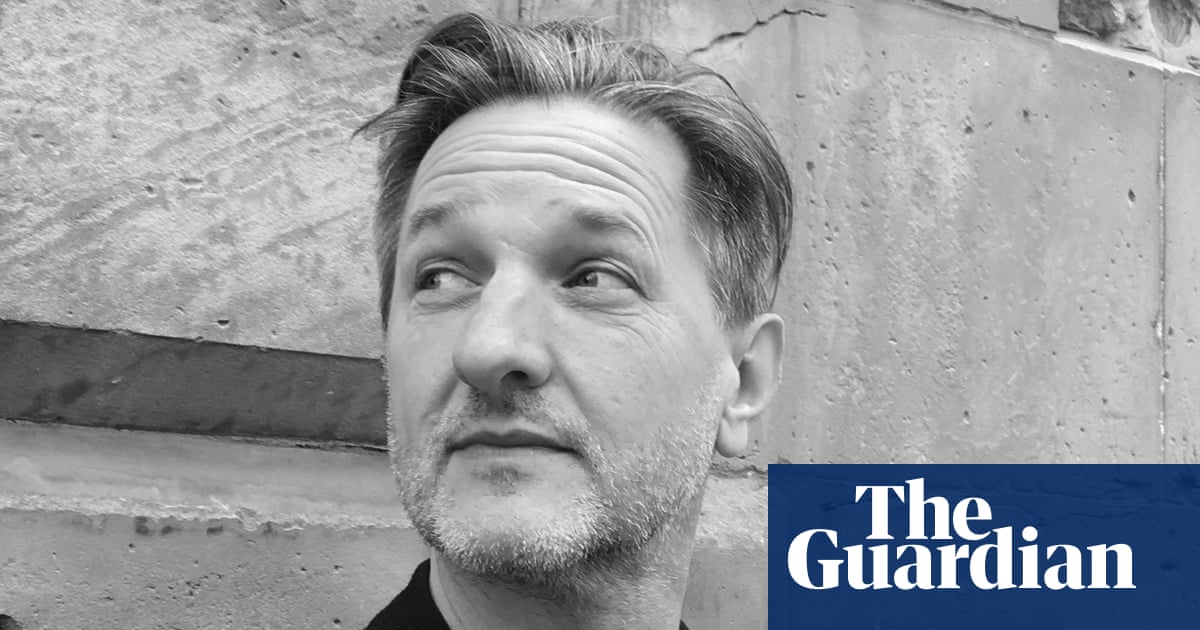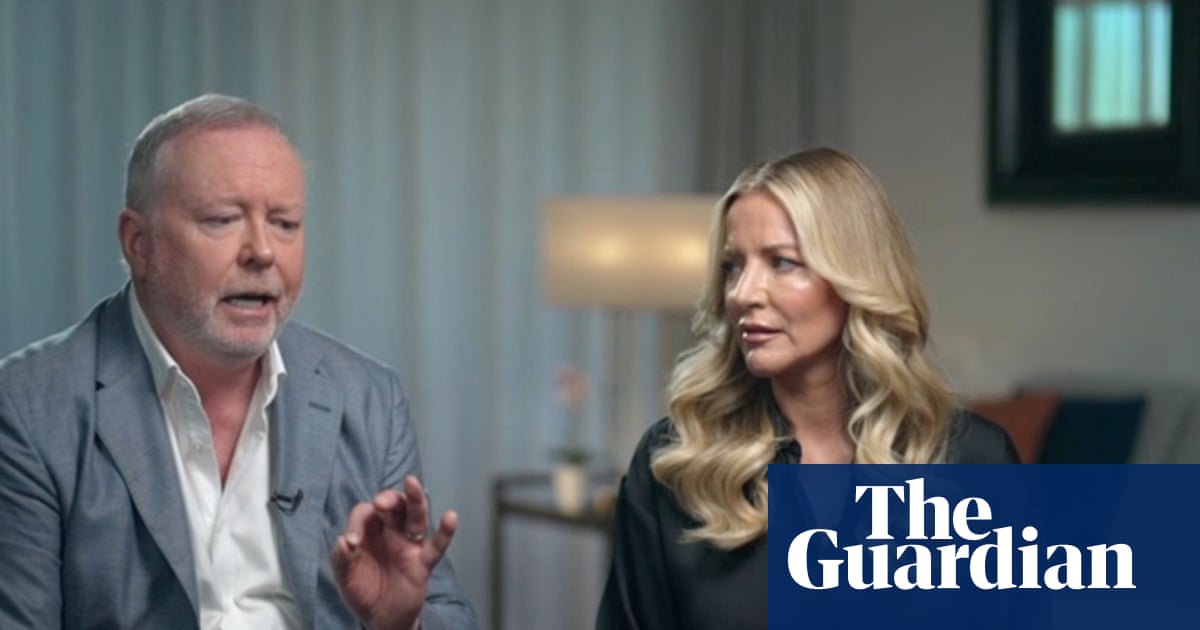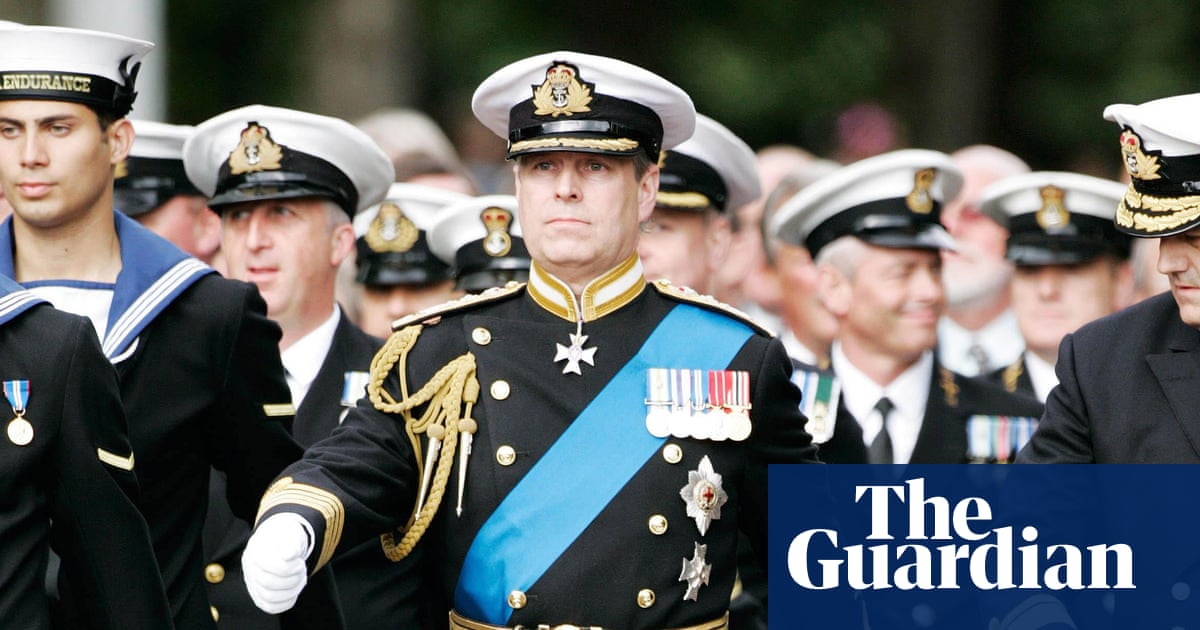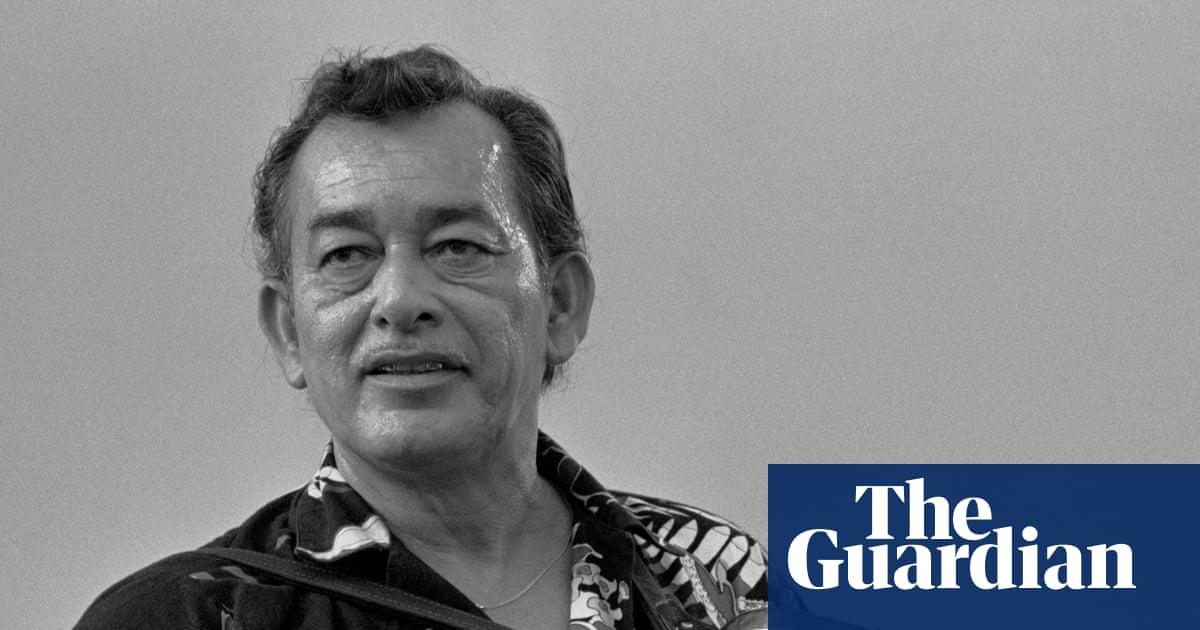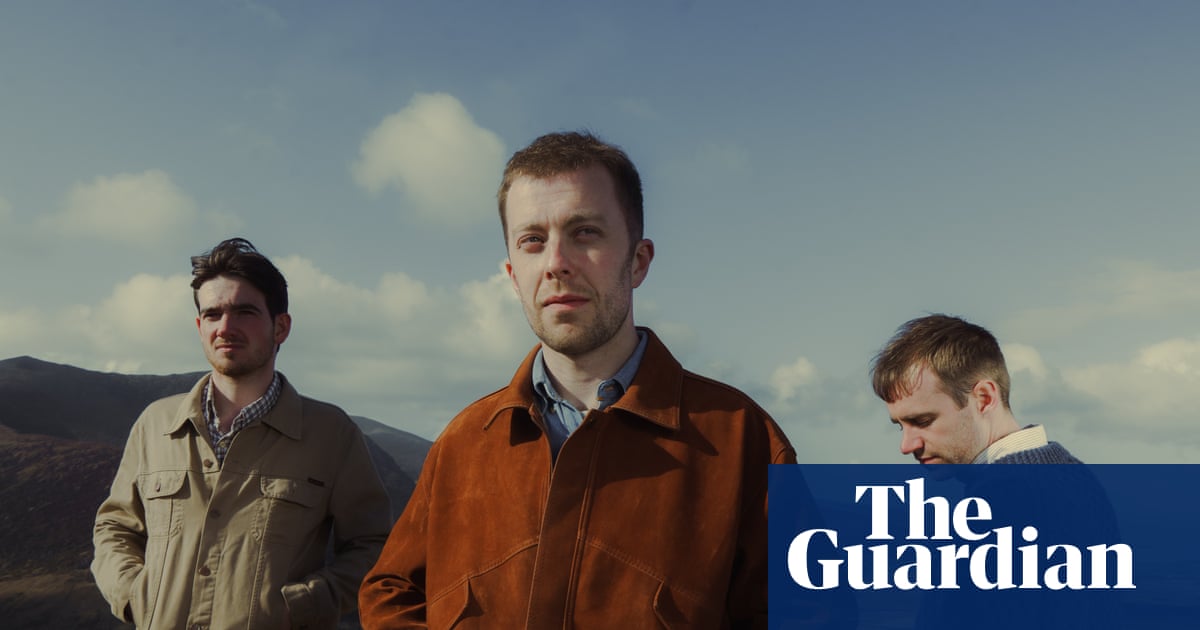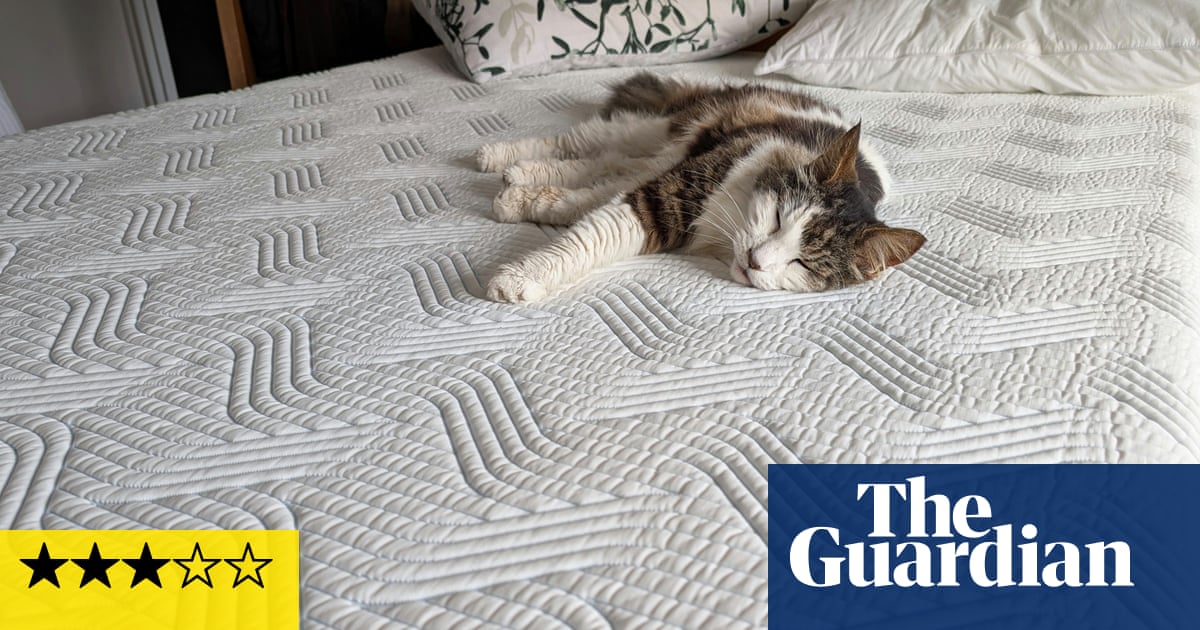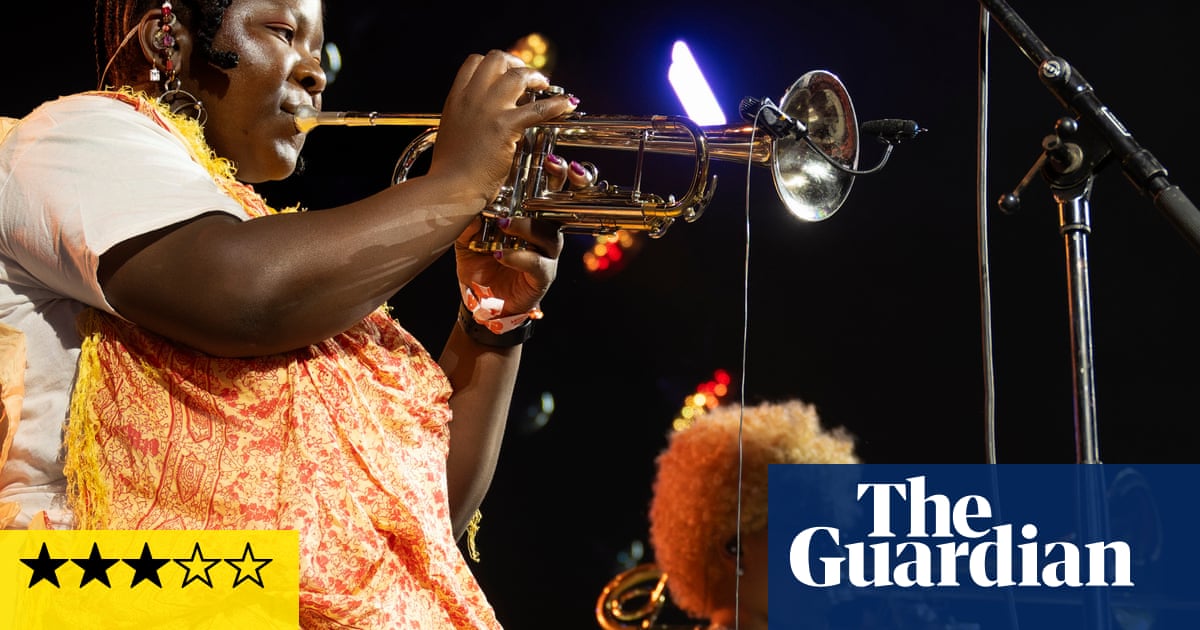Joan MacDonald is an influencer. There’s no other word for it, though she winces a little when she says it. But she is an influencer, and an extremely successful one. The fitness maven has been on the covers of magazines such as Women’s Health, modeled as part of lucrative brand deals and launched her own fitness app, Train With Joan. On Instagram, where she has more than 2 million followers, she shares pictures of herself posing in bikinis in picturesque locales and training at the gym in color-coordinated workout sets.
But there’s one small difference between MacDonald and many other social media starlets. She is 79.
“I was 70 when I started [working out],” MacDonald says on a video call from her home in Ontario, white hair elegantly coiffed. “I keep thinking I’m in my 30s.”
MacDonald’s workouts are intense, whether you’re 30 or 70. She does deadlifts, weighted planks and kettlebell swings, and casually lifts dumbbells the size of fire extinguishers over her head. Her arm muscles could put professional rugby players to shame.
She is arguably the most famous older woman lifting heavy, but she’s far from the only one. There’s Ernestine Shepherd, 89, who has more than 101,000 Instagram followers and calls herself “the world’s oldest living female competitive bodybuilder”. Nora Langdon, in her 80s, recently shared a video of herself deadlifting 225 pounds. And earlier this year, the New Yorker published a documentary about Catherine Kuehn, who broke multiple world records for deadlifting in her 90s.
Allow Instagram content?
This article includes content provided by Instagram. We ask for your permission before anything is loaded, as they may be using cookies and other technologies. To view this content, click 'Allow and continue'.
Many of these lifters seem to delight in bucking the stereotype of the frail old woman who needs help carrying her groceries.
“Once you reach a certain age, it’s like you can’t do anything any more,” MacDonald says. “Trainers and coaches dumb down everything for older people, but old people are capable of more than they think.”
As they age, women’s physical abilities are often underestimated by others as well as themselves, says Elaina Manolis, a physical therapist and assistant clinical professor at Northeastern University.
Manolis says the menopausal and post-menopausal women she works with often need help unlearning the negative messages about exercise they absorbed growing up. “This is a generation that has been wired to think women should never be in the gym,” she says.
MacDonald and Shepherd remember worrying they would “look manly” when they started lifting.
“At the beginning, I thought, ‘I don’t want to be lifting weights, I’ll look like a guy,’” recalls MacDonald. “But that’s just brainwashing. [Women] are told that so much that we believe it.”
Women who avoid strength training are robbed of its benefits, many of which are especially helpful for ageing bodies. In addition to building muscle – which one can do at any age, Manolis notes – strength training has a significant impact on bone health and cognitive function. The former is especially important for women, who have a much higher risk of developing conditions that weaken the bones, like osteopenia and osteoporosis.
And it’s fun. Shepherd says that as soon as she started strength training, her favorite thing about it was “the joy and the way that you felt”. She and her sister started lifting when they were in their mid-50s, and soon they were training others and building a community. “I would wear what my trainer would call my ‘costumes’,” she says – shorts, crop tops, leopard-print leggings.
MacDonald says she faced some criticism from people in her life when she first started working out and posting about it on Instagram. “I got some really awful remarks from people I thought were my friends,” she says. They commented on how she dressed – “because I wear form-fitting clothing”, MacDonald says – and her growing public profile.
“They said I didn’t have to prance around and keep telling people what I was doing,” she says. “That’s not what old women are supposed to do. You’re sort of told, ‘Go quietly out the back door, will you?’”
after newsletter promotion
Attitudes are shifting, though. Manolis says she has lots of patients coming to her saying: “I know I should start [lifting], I’ve been listening to a lot of podcasts.” And this is the first year the National Senior Games – an Olympic-style, multi-sport competition event for adults over 50 that takes place biennially in the US – will include a powerlifting competition.
“Over the last three or four years, more and more people have been asking me when we’re going to add [powerlifting],” says Sue Hlavaseck, president and CEO of the National Senior Games Association (NSGA).
Roughly 12,400 athletes are expected to participate in this year’s National Senior Games, which are taking place in Des Moines, Iowa, at the end of July. Of those, 187 will be participating in the powerlifting competition – 99 men, aged 54 to 95, and 88 women, aged 50 to 82.
The oldest female competitor, 82-year-old Faith O’Reilly, says a friend took her to a powerlifting meet in her late 30s. “I was watching everybody and I thought, ‘Well, I can do that,’” she says.
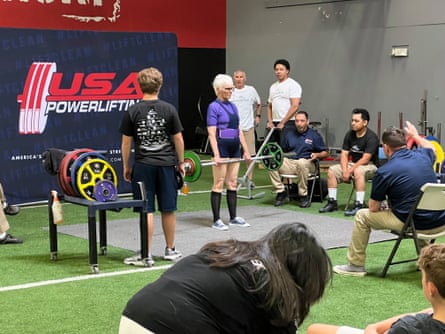
O’Reilly has been lifting ever since. “It suits me,” she says. She likes setting goals for herself, and enjoys the camaraderie of gyms and meets. And she appreciates the independence and confidence it has brought her. “I’ve always liked being able to do things,” she says. “And that’s what powerlifting can do for you – you can handle your grandchildren, and your sacks of groceries.”
Regardless of age, if you’ve never picked up weights before, it’s best to start by working with a trainer or physical therapist who can help with form and individual needs. “In most gyms that I’ve been in, people are happy to help,” says O’Reilly.
Total beginners can see significant improvements in strength fairly quickly, says Manolis. She’s had patients say that after four to six weeks of training they were able to get out of a chair without using their hands, walk up a full flight of stairs, vacuum the whole house or load a dishwasher for the first time in years.
“As we age, what we really want to do is to keep our independence and remain functional,” Manolis says. Strength training facilitates both of these things.
That doesn’t mean it’s a cure-all.
“Being healthy and living life to the best of your ability doesn’t mean you’re going to be happy every day, or that you’re going to be without pain or accidents,” MacDonald says. “These things happen, but that’s life. You’ve got to keep pushing forward.”

 3 months ago
51
3 months ago
51

